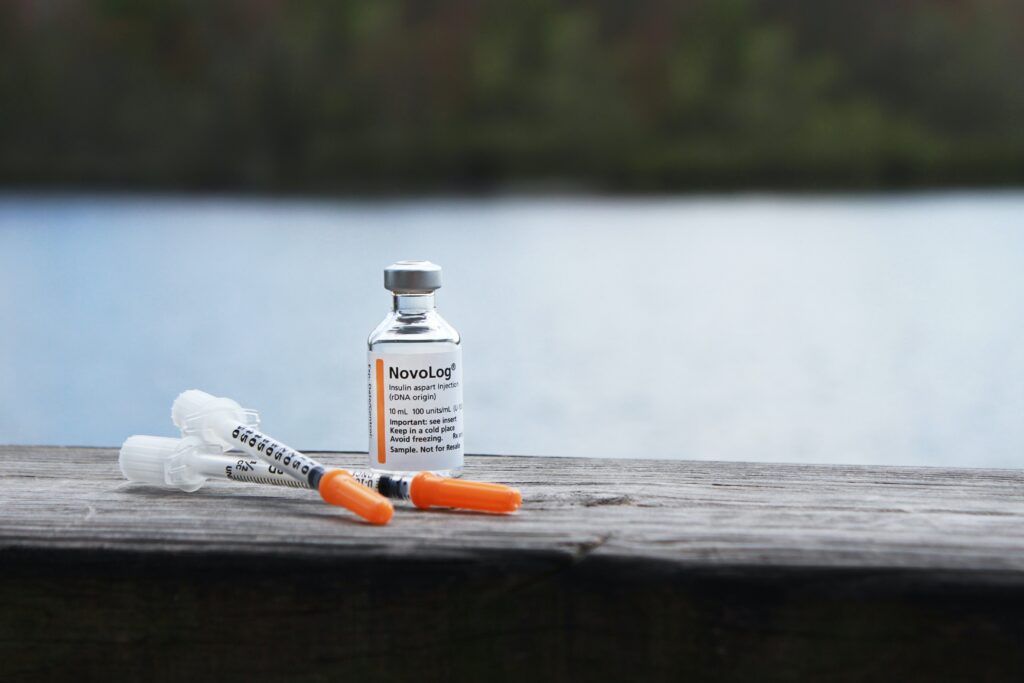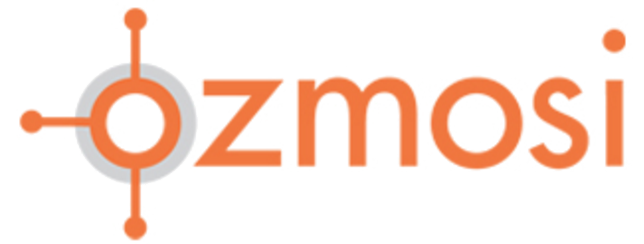
Novo Nordisk remains a top player in the Diabetes market with blockbuster insulins NovoLog® and Levemir® which brought in a combined almost $3.5 billion in 20166, Victoza® a GLP-1 that brought in $2.1 billion in 20166, and recently launched Basal insulin/GLP-1 combination product Xultophy®, which is expected to reach $1.2 billion in 2021.11
In the basal category, Novo Nordisk’s Levemir® has long been second to Sanofi’s Lantus, despite steadily increasing share over time. Hoping to break out in this category, in early 2016, Novo Nordisk launched Tresiba®, their next-generation basal insulin, to compete against Lantus® and Lantus’s successor Toujeo®. This was two years later than originally expected following a complete response letter (CRL) in 2014 from the FDA seeking additional cardiovascular data to their New Drug Application. This delay came at an inopportune time as Tresiba® was in the market barely a year before Eli Lilly & Boehringer Ingelheim’s biosimilar Basaglar® launched last December, while Xultophy® entered the market with physicians having just over a year of treatment experience with insulin degludec (Tresiba®), one of its two key components (along with liraglutide).
With increased payer control and demand for lower-priced drugs becoming more prevalent in the Diabetes industry, the availability of a lower-priced biosimilar and entrenched first-generation products have slowed the uptake for Tresiba®. For Xultophy®, Novo Nordisk has to additionally hope payers and patients will see the value of the efficacy claims vs. the increased safety risks of GLP-1 molecules in general and that physicians are ready to embrace Basal + GLP-1 therapy into the overall Diabetes treatment paradigm.
Meanwhile, Novo Nordisk’s short-acting insulin, NovoLog®, has competed primarily with Eli Lilly’s Humalog in this class along with each manufacturer’s human short-acting insulins since launch in 2000. To continue to evolve its insulin franchise, Novo Nordisk has FIAsp, a faster-acting insulin aspart, which is available in the EU and Canada. In April 2017, Novo Nordisk re-filed to the FDA after submitting new safety data, and approval is now anticipated in the U.S. in late 2017. With a faster onset of action, it offers a more flexible dosing option than current mealtime insulins without increasing hypoglycemia compared to NovoLog®. The class as a whole may be somewhat challenged by the recent Basal+GLP-1 combination therapies, including Novo Nordisk’s own Xultophy®, as it could lead to delayed use of Basal-Bolus therapy. Therefore, to determine how FiAsp might fare, it may make sense to not only look at the uptake of next-generation products in the basal market (where it is clear that it will take some time to supplant first-generation insulins given pricing pressures), but also factor in the potential for Xultophy® and Soliqua® delaying its use.
To build on the tremendous success that Victoza®, a GLP-1, has had in the diabetes market, Novo Nordisk is also hoping to get FDA approval for Semaglutide later this year. Data for this product has shown that it can reduce cardiovascular risk, including heart attack, stroke, and death. Only two other products have been able to do this – Jardiance®, as previously mentioned, and Victoza®, its predecessor. Currently, the GLP-1 market also includes first-to-market Byetta® and several once-weekly GLP1s: Bydureon® from AstraZeneca and Eli Lilly’s Trulicity®. Even though there are already other once-weekly products in the market, Novo Nordisk hopes the cardiovascular data will set it apart from the rest and win over payers, doctors, and patients. According to consensus analyst forecasts cited by Reuters, annual sales could be over $2B by 2022. Not to mention, Novo Nordisk is also working on an oral version of Semaglutide, which would be the first in its class and could make Novo Nordisk a key player outside of injectable anti-diabetics.
Conclusion
After being dealt a major blow from the FDA in its CRL for Tresiba® back in 2014, Novo Nordisk has gradually regained its footing since. While the insulin market has become heavily commoditized, Novo Nordisk may soon be able to boast a completely upgraded insulin portfolio with the approval of FiAsp later this year, alongside Tresiba® and Ryzodeg® (premix insulin). While a great talking point, they will need to convince skeptical payers of their value, especially in the basal insulin class where biosimilar Basaglar® looms. Sales so far suggest physicians/payers/patients do not see enough of an upgrade in next-generation insulins to drive large-scale market shifts away from class stalwarts Lantus® and NovoLog®; therefore, the legacy insulin category will continue to be a bedrock for sales, though not necessarily for future growth.
Meanwhile, they launched their novel basal insulin + GLP-1 combination therapy Xultophy® in Q1 2017, which will go head-to-head with Sanofi’s version as both seek to establish the category as a top of-mind treatment option. Novo Nordisk will then go into 2018 with the prospect of a potential blockbuster successor to their GLP-1 Victoza® in Semaglutide. Because of its potential, a solid launch is critical, otherwise the company will need to double down on Victoza®, Tresiba®, Xultophy® and NovoLog®/FiAsp to carry them into the next decade.
Where Novo Nordisk continues to be lacking is in the modern classes of oral anti-diabetics; they field no DPP-4 or SGLT-2 inhibitors. However, oral semaglutide, should late-stage clinical trials prove to be favorable, would be the first oral GLP-1 in its class and allow Novo Nordisk to more directly challenge the big players in these classes: Janssen’s Invokana, Lilly/BI’s Jardiance and Merck’s Januvia, among others. This makes a successful launch of injectable Semaglutide that much more important.
